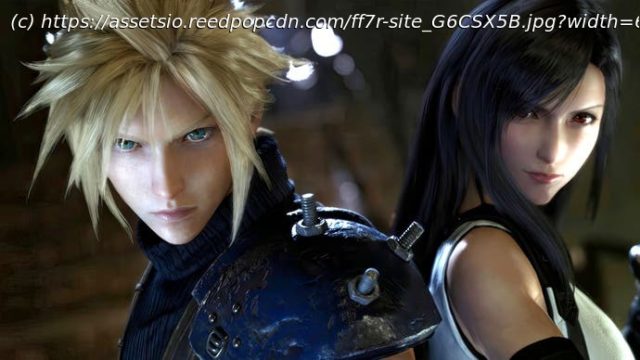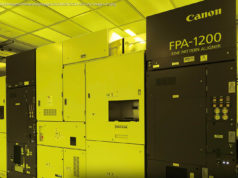Oliver Mackenzie presents Digital Foundry’s tech review of Final Fantasy 7 Rebirth. How does this UE4 title take advant…
The second part of the long-awaited Final Fantasy 7 remake trilogy is finally here. Final Fantasy 7 Rebirth releases today, an expansive RPG that is perhaps this year’s most significant PS5 console exclusive. We took a quick look at the first few hours in a piece last week, but with all embargo restrictions now removed, now it’s time to crack open the full game and see what’s under the hood. How does the Unreal Engine 4-powered Rebirth take advantage of PS5 hardware? What are the enhancements over Remake? And are there any unexpected visual follies along the way?
Let’s start with what Final Fantasy 7 Rebirth does well and that begins with its excellent cutscenes. These are bombastic, beautifully-directed sequences that provide stunning views of near-CGI level character models in a mix of expository and action scenes. The level of visual quality achieved here is very impressive, and the cinematics are often outstanding. That was true of 2020’s Final Fantasy 7 Remake as well – so what’s changed? Character designs have been tweaked quite a bit for these sequences, with higher grade – and subtly more realistic – modeling.
Skin is more detailed with better-defined specular highlights, while hair rendering is significantly improved. The card-based hair system is less angular and possesses more fine detail, with less dithering and break-up. There’s more obvious light occlusion and self-shadowing, looking shinier than its Remake counterpart. The cutscene lighting has also been improved, often going for cinematic three-point lighting setups that bring the characters into sharper relief against backgrounds. There’s effective indirect lighting in these scenes too, with obvious light bounce from reflective surfaces like sand.
Though subtle in isolation, these upgrades give the cutscenes a more consistently high-quality appearance. Rebirth’s cutscenes are some of the most visually captivating sequences I’ve seen to date in a video game, with fidelity and animation that easily beat a lot of older CGI, like the Advent Children CG film from 2005. A handful of the game’s cutscenes are still presented with offline CGI however, and these do still offer far higher fidelity than the real-time graphics can achieve, with perfect reflections, great indirect lighting, and beautifully flowing cloth and hair. Rebirth’s real time sequences aren’t particularly close but still look great in their own right.
The game’s action combat is another high point. These battles are a flurry of GPU-driven particles and smoothly-animated combat moves. The camera tends to zoom out a bit more than in Remake and we often see somewhat larger fights with bigger and more numerous foes, but beyond that it’s broadly similar to the experience we had before. The combat is still a high point, and the default action mode strikes a good balance between reaction-based real-time combat moves and slow-motion tactics.
I think Rebirth very effectively handles its more naturalistic environments as well. The polygonal density and level of ground clutter here is solid – and definitely up to expectations for a current-gen game. There’s a lot of nice incidental details in Rebirth’s open-world segments, which seem to have been partly enabled by the use of the PS5’s primitive shader functionality, as the developers have reported.
Relative to Remake, there’s a big boost in the basic fidelity of these more naturalistic environments. Plus – and perhaps more importantly – Remake doesn’t actually have any truly open areas, with the map featuring a more tightly constrained scope. These wide-open gameplay spaces are new for Rebirth. On top of that, distant detail is made of real geometry, unlike Remake, which often resorted to 2D art.
Rebirth’s cities are also worth commenting on. Rebirth has expansive and dense city environments, with plenty of civilians scurrying about and lots of geometric and texture detail. Remake is quite limited by comparison, again with limited, corridor-like towns and cities that feel a little artificial. Rebirth effectively takes the Final Fantasy 7 Remake formula to work within a more expansive setting, and that’s where I think we’ve seen the most technical progress. The broader scope – plus the improvements to character rendering in cutscenes – are the basic enhancements here.
Unfortunately, there are some areas where Rebirth is just treading water relative to its four-year old predecessor – and quite a few spots where we’ve actually seen a step back. Environmental lighting tends to be a serious pain point here. To be fair, many environments look perfectly fine – including the game’s cities, which can exhibit decent precalculated lighting, and some of the larger open-world spaces, which look fine while relying more heavily on real-time techniques.
Home
United States
USA — software Final Fantasy 7 Rebirth tech review: an excellent but inconsistent experience






